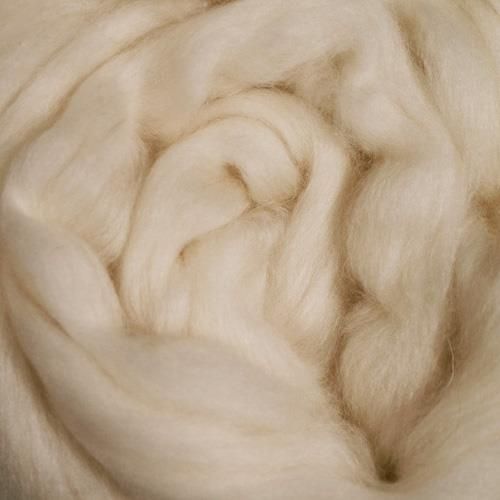What Is Cashmere and Why It’s a Must-Have in Every Fashion Lover’s Wardrobe
What Is Cashmere and Why It’s a Must-Have in Every Fashion Lover’s Wardrobe
Blog Article
Exploring the Different Kinds Of Cashmere a Natural Fiber for Ultimate High-end
Cashmere, an all-natural fiber, is often connected with deluxe and comfort. Not all cashmere is created equal. From the highly soft Mongolian selection to the lightweight warmth of Indian Pashmina, each type presents its own distinct attributes and allure. The a lot more affordable Chinese cashmere, the conventional Scottish version, and the premium Italian mix, all tell a different story of this amazing fiber. As we unwind the globe of cashmere, a much deeper understanding of its real worth and sophistication begins to emerge.
Understanding the Glamorous Nature of Cashmere
Cashmere, usually connected with deluxe and comfort, holds an unique appeal in the world of natural fibers. Unlike various other natural fibers, cashmere combines insulation with breathability, supplying exceptional comfort throughout varying temperatures. Its lustrous coating and soft appearance contribute to its high-end allure, validating the costs price that usually comes with cashmere garments.
Just What Is Cashmere and Where Does It Originate from?

Cashmere is acquired from the soft undercoat of cashmere goats, largely found in Mongolia, China, Iran, and Afghanistan. This precise process contributes to the shortage and high cost of cashmere. With its origin in the severe landscapes of Asia, cashmere is a testament to nature's capability to create high-end from misfortune.
Deciphering the Various Kinds Of Cashmere
Understanding the various types of cashmere is key to valuing the high quality and unique features of this lavish material. Typically, cashmere is categorized into three kinds: raw, virgin, and recycled. Translating these types is the initial step in understanding the exclusivity and worth of cashmere.

The Distinct Attributes of Each Kind of Cashmere
Having actually checked out the various classifications of cashmere, it emerges that each kind boasts its special set of qualities. Mongolian cashmere, for example, is renowned for its exceptional quality, due to Mongolia's severe wintertimes that create longer and finer fibers. On the other hand, Chinese cashmere is commonly a lot more cost effective, though its much shorter fibers can minimize toughness. Scottish cashmere is commemorated for its splendid softness, a result of the typical water cleaning process using Scotland's soft water. Italian cashmere, at the same time, is renowned for its masterful blending and tinting methods, rendering it flexible and vibrant. Indian cashmere, likewise known as Pashmina, is valued for its extraordinary lightness and heat. Each type, hence, contributes to the textile's track record Read More Here for luxury.
Why Cashmere Is the Embodiment of Deluxe in Style
Cashmere holds an esteemed setting on the planet of fashion, considered a symbol of high-end and refinement. Its attraction is not just in its gentleness and heat, but likewise in its rarity and the thorough procedure involved in its procurement. Cashmere is acquired from the great undercoat of Himalayan goats, known for their remarkable top quality fiber. The scarcity of this fiber, combined with the labor-intensive process of collection, adds to its high rate and unique status. Additionally, cashmere's unmatched comfort and resilience make it an in-demand product in the production of premium garments. Its all-natural light-weight and shielding properties contribute to its desirability, making it the epitome of luxury in fashion.
The Refine of Making Cashmere: From Goat to Garment
The trip of cashmere, from being an undercoat of a Himalayan goat to a lavish garment, is a detailed one. With the development of useful reference spring, farmers in Mongolia and China collect the woollen by brushing the goats, guaranteeing no harm is done. The gotten woollen consists of coarse external hair and soft downy undercoat. This blend is after that fastidiously separated, with only the soft down made use of for cashmere. This raw cashmere is washed, colored and rotated into thread. The yarn is then woven or weaved into textiles. The final action includes washing and pushing to provide the fabric its particular gentleness and heat. From goat to garment, each step is a testimony to the patience, artistry and skill included in crafting cashmere.

Conclusion
In conclusion, cashmere, with its natural elegance and unmatched convenience, preponderates on the planet of deluxe fashion. The diversity in kinds, ranging from the soft Mongolian, lightweight Indian Pashmina, inexpensive Chinese, typical Scottish, to the vibrant Italian, reveals the versatility of this all-natural fiber. The scrupulous procedure of transforming it from a goat to a garment further includes to its exclusivity, making cashmere the epitome of refinement and high-end.
Cashmere, a natural fiber, is usually connected with luxury and convenience (is cashmere a natural fiber).Cashmere, frequently linked with luxury and convenience, holds a distinct attraction in the world of all-natural fibers. Unlike other all-natural fibers, cashmere combines insulation with breathability, providing click here for info unparalleled comfort throughout varying temperature levels. Cashmere is derived from the soft undercoat of cashmere goats, largely found in Mongolia, China, Iran, and Afghanistan. Cashmere is acquired from the fine undercoat of Himalayan goats, understood for their superior high quality fiber
Report this page